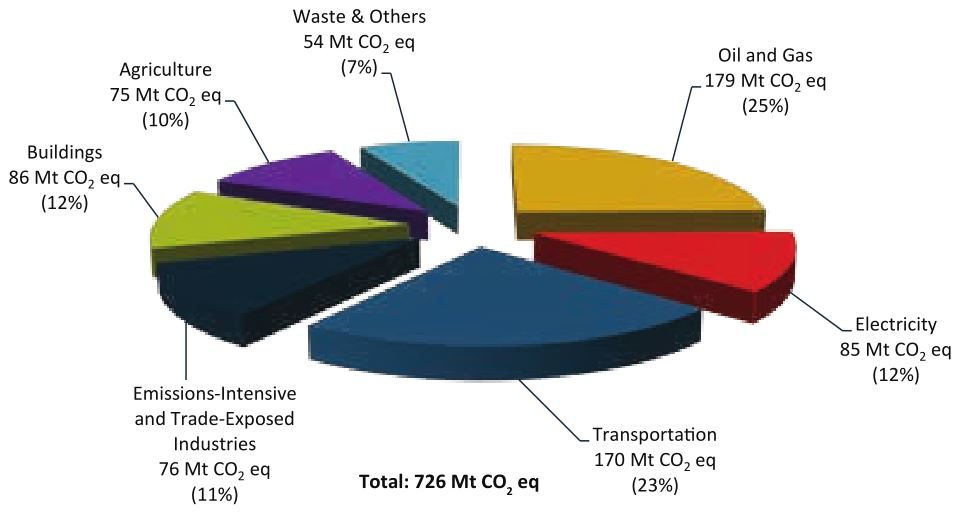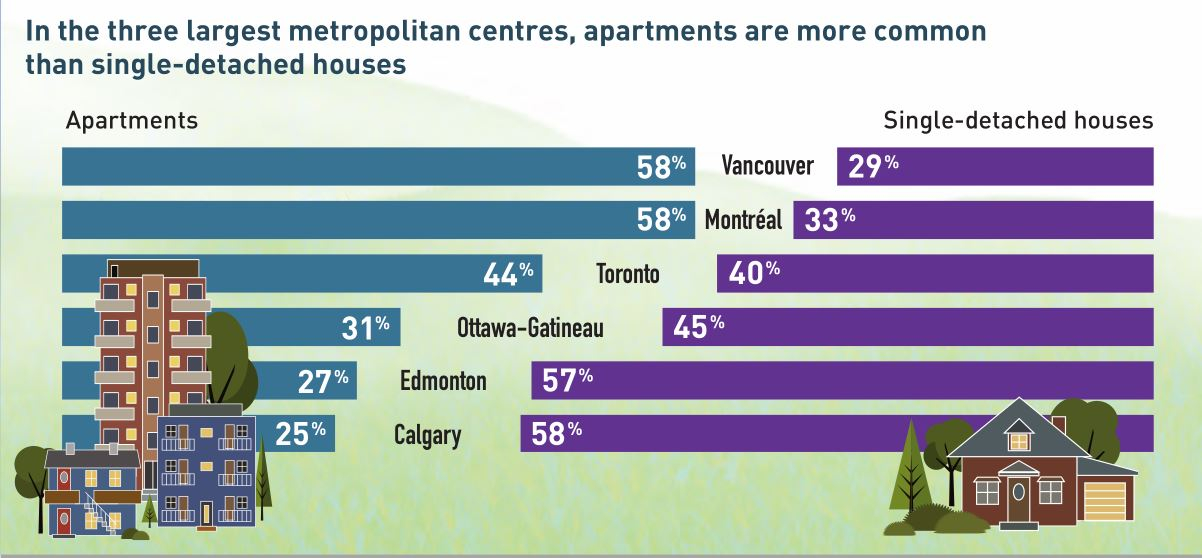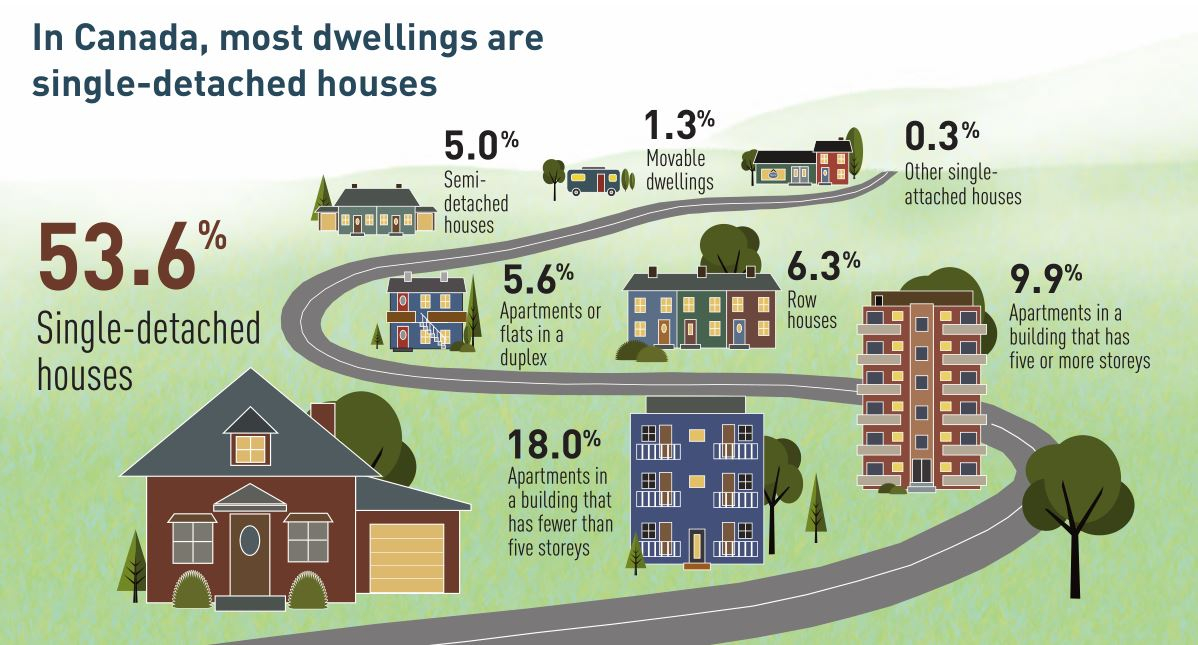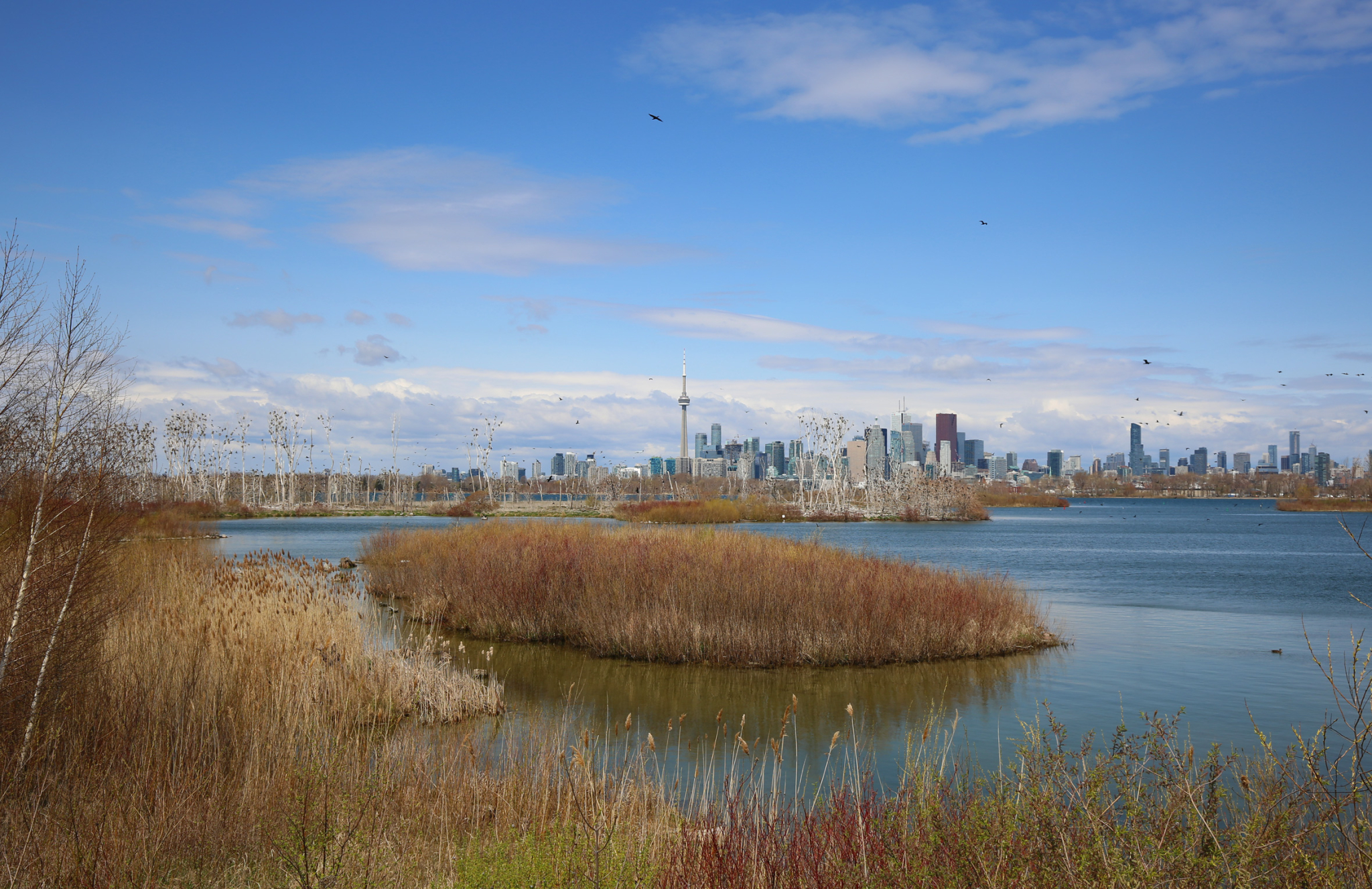Canada’s biggest city needs to up its game when it comes to stamping out carbon pollution from buildings, says a Toronto agency focused on climate change.
Statistics Canada released new 2016 census data Wednesday that includes the type of dwellings Canadians occupy. In the three biggest cities of Toronto, Vancouver and Montreal, apartments are more common than houses.
The new data “provides a great context for why cities have to act on building better buildings, and retrofitting the existing building stock to make it low carbon,” said Julia Langer, CEO of the Toronto Atmospheric Fund, a non-profit agency that funds local initiatives to improve air quality and help combat climate change.
Existing Toronto buildings account for 50 per cent of the city’s greenhouse gas emissions, she said, so retrofitting is needed to get the sector's emissions down.
Toronto has the highest share of highrises in the country, at nearly three in 10 dwellings. But Langer said there wasn’t necessarily a more eco-friendly building type: all buildings need heating, cooling and water and every city needs a mix of residence types.
Current data does show that multi-unit residential energy use per square foot is lower than a single family dwelling, she said. Even so, “what we have to drive to is to make both of those building archetypes net zero.”
Buildings are responsible for 12 per cent of emissions nationwide, or 17 per cent if indirect emissions from electricity are included. The federal government says it wants provinces and territories to adopt net-zero building codes nationwide by 2030, and put up $182 million over 11 years in the budget for new building codes.

Toronto, London, Vancouver have the highest share of highrises
That could prove difficult in many Canadian cities.
While Toronto has the highest share of highrises, London, Ont. came in second, with 16.8 per cent of dwellings in buildings that have five or more storeys, followed by Vancouver, with 16.7 per cent.
Apartment buildings represent the majority of dwellings in Montreal, Vancouver and Quebec City—although they are the minority in Calgary and Edmonton. A majority of private dwellings in Canada in 2016 are still single-detached houses, the data agency said, but they’re steadily declining by comparison.
"The single-detached house represents, to some, a symbol of traditional, middle-class living—a dream to which many may aspire," reads Statistics Canada's census release.
"However, a number of factors have placed pressure on Canadians' ability, and even desire, to live in this type of dwelling. Higher house prices, the pressures of a long commute to work and an aging population are three of the many factors that may lead Canadians to live in different dwelling types."
Single-detached homes comprise 7.5 million of the 14.1 million privately-occupied dwellings in Canada, but they have been declining since the early 1980s. In Quebec and British Columbia, they were less than half of private dwellings last year.

No more 'carbon lock-in,' says climate agency
Toronto has a greenhouse gas emissions reduction target of 80 per cent compared to 1990 levels by 2050, or 33 years from now.
The city has already reduced its emissions by 24 per cent below 1990 levels, due to a variety of factors, such as phasing out Ontario’s coal-powered power plants, as well as waste management and waste diversion practices, said Langer.
But an April city report showing the city meeting its 2020 interim target of a 30 per cent reduction, also said it will miss its 2050 target by 8.7 million tonnes of emissions unless something big changes.
“It’s really clear that the existing building infrastructure and the trends are pointing us in the direction of focusing on zero-carbon new construction. We can’t have any more carbon lock-in,” said Langer.
Carbon lock-in is when buildings are designed and built to emit carbon. Once a building is created that way, it will continue to do so for decades unless it’s retrofitted. Buildings are also responsible for greenhouse gases via their heating, ventilation and air conditioning requirements, as well as their water use.
Canada has been building more apartments, including condominium units, than houses for half a decade now. The construction pace of apartments accelerated at the turn of the millennium, said the agency, and since 2012 has surpassed the number of single-detached houses constructed.
Cities can also think bigger, said Langer: not only retrofitting on a building-by-building basis, but also creating district heating and cooling systems for dozens of buildings at once.







Comments